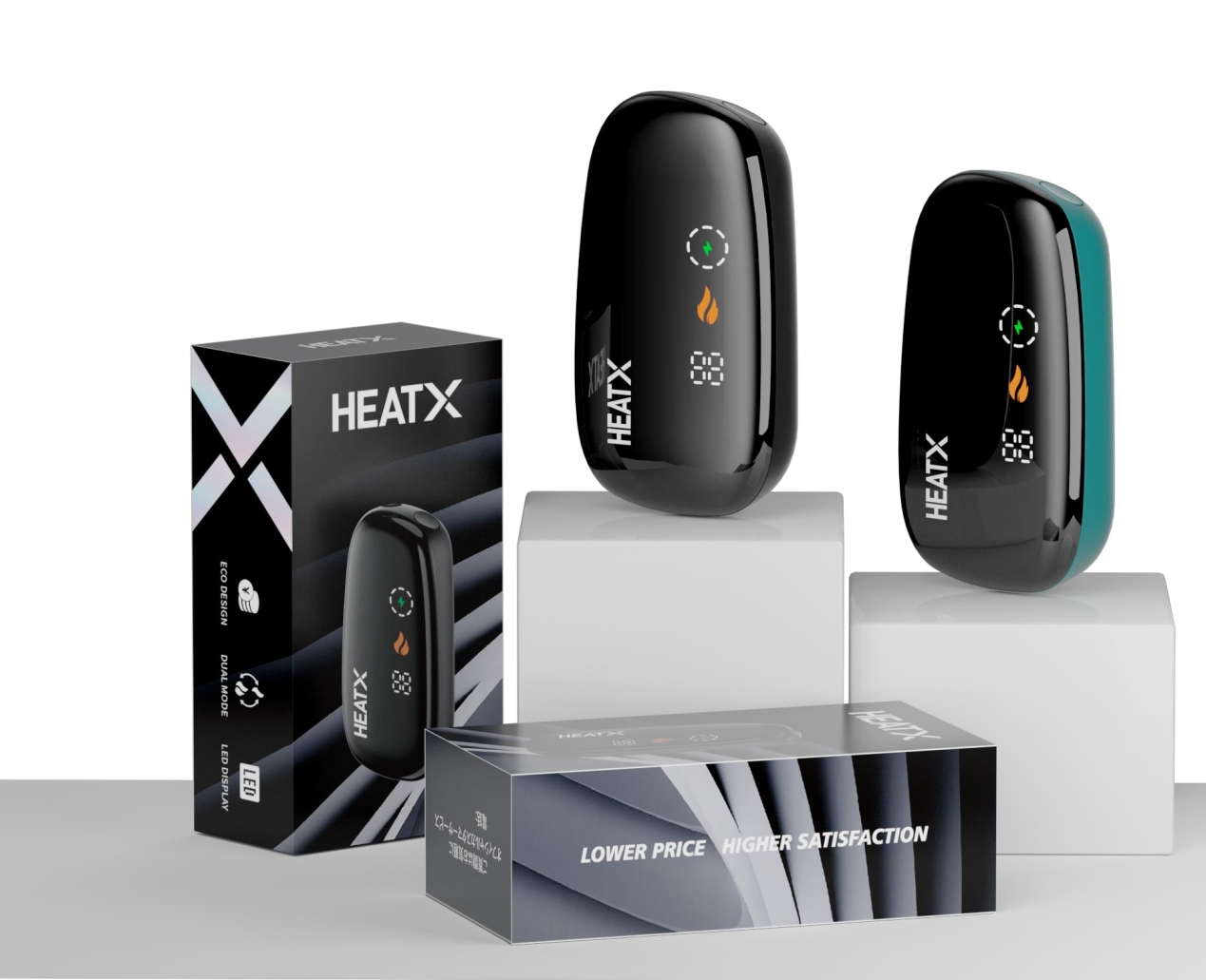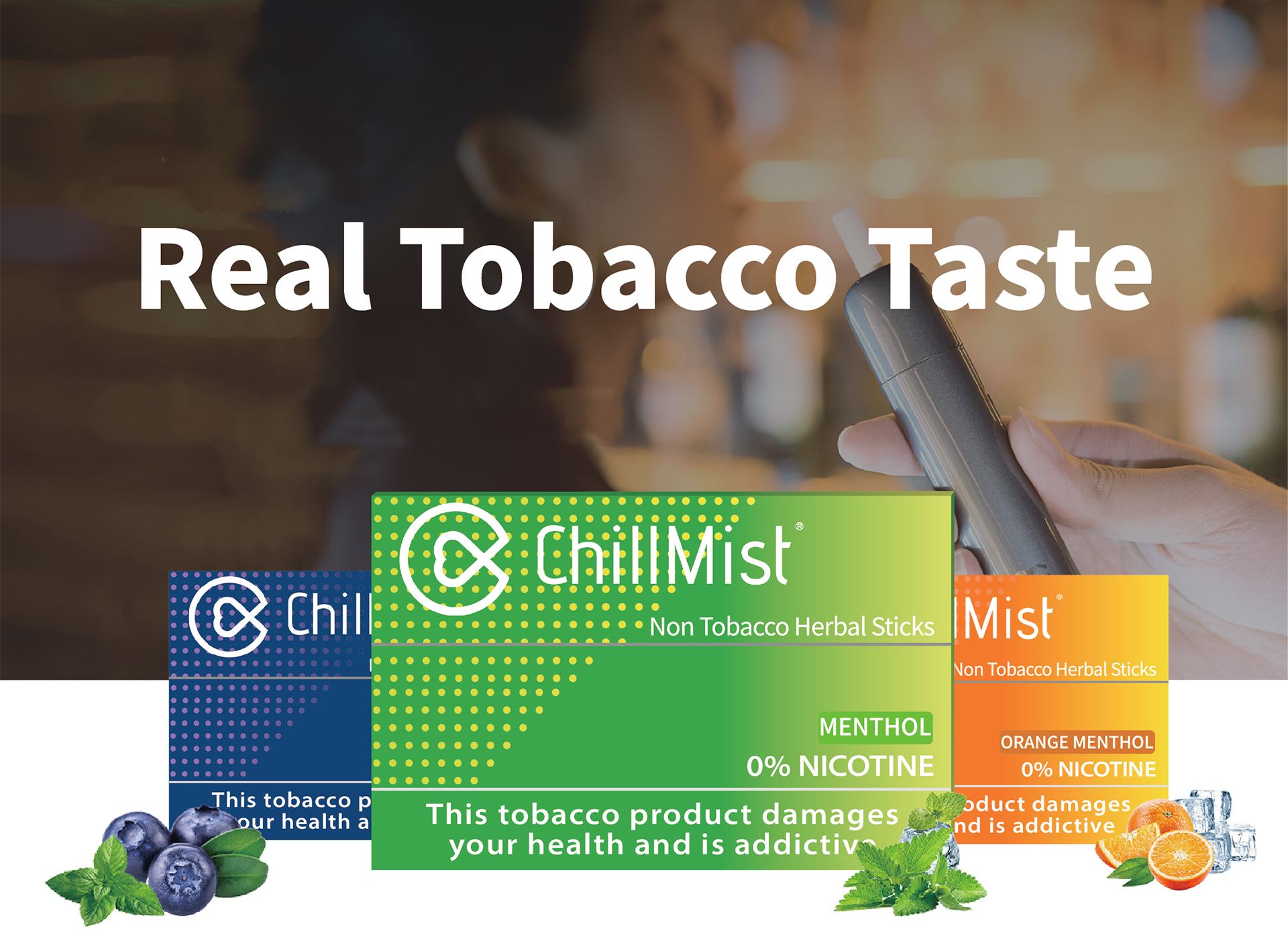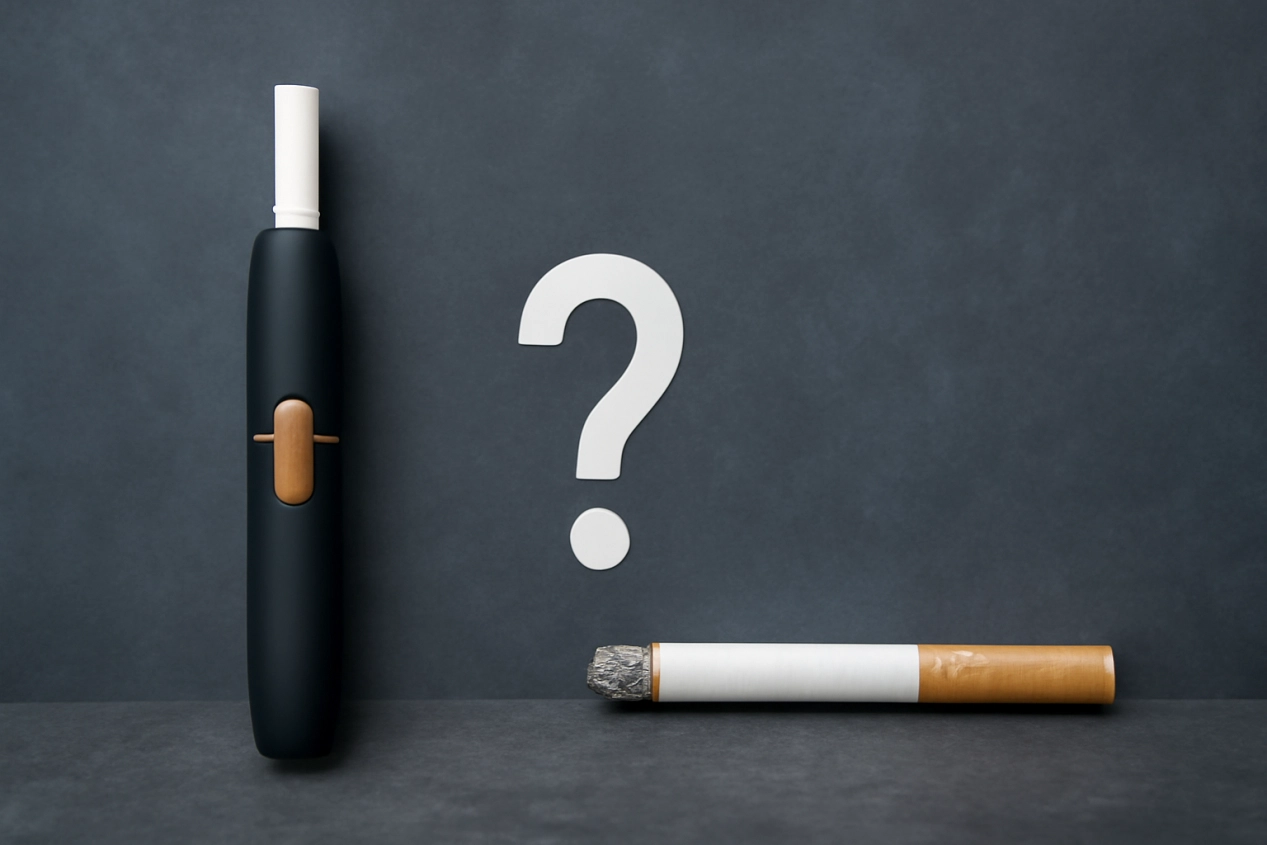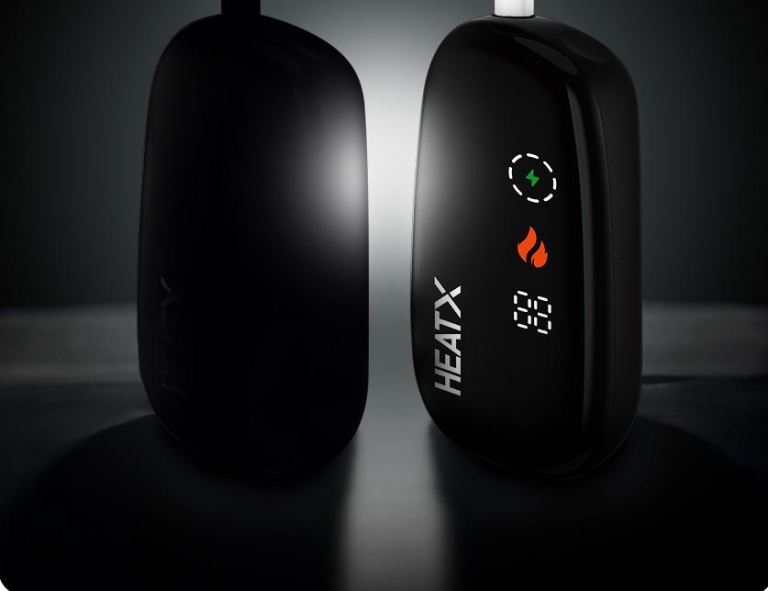
Heated tobacco products (HTPs) have shown up as a big new development in the global nicotine market. They offer another option to the usual cigarettes that people burn. These gadgets work on a heat-not-burn idea. So, what does this mean? It means they warm up processed tobacco to let out a vapor with nicotine, but they do it without actually setting the tobacco on fire. As they get more popular, health groups and rule-makers all over the world are looking at them more closely.
People are more and more interested in HTPs. This is because of claims that they are less harmful, have a cleaner taste, and look modern. But this growing interest has also made government groups check their safety, how they are sold, and how open they are about their ingredients. Heated tobacco products (HTPs) are a pretty new kind of tobacco item. Because of this, the laws for tobacco control in many places where they are sold were made before HTPs even existed.
A very important part of product safety and following the rules is telling everyone all the ingredients used in HTPs. Being open not only gives power to the customers but also makes sure the makers stick to public health rules.
What Are Heated Tobacco Products?
Heated tobacco products are fundamentally different from regular cigarettes. Traditional cigarettes burn tobacco at temperatures over 600°C. That is extremely hot. HTPs, however, heat the material at lower temperatures. They usually warm it to somewhere between 250°C and 350°C, so there is no burning involved.
This heat-not-burn system uses an electronic device. This device heats up specially made sticks or pods that are filled with processed tobacco. HTP systems have two main parts. First, there are the sticks (which are, by definition, a cigarette) or pods of processed tobacco. Second, there is a rechargeable electronic heating device, and this part has no tobacco in it.
Makers of HTPs claim they have a few good points. For example, they say users are exposed to fewer bad chemicals compared to cigarette smoke. They also mention less smell and possibly lower health dangers. However, public health groups are still scientifically checking these claims.
Core Ingredients Found in Heated Tobacco Products
Figuring out what is inside heated tobacco products is key to judging their safety and how they are regulated.
Processed Tobacco Blends
The main ingredient in HTP sticks or pods is processed tobacco. Companies might use different kinds of cured leaf—like Virginia, Burley, or Oriental. And they often mix them to get certain flavor styles. Before being put into HTP sticks or pods, the tobacco goes through a lot of steps. These include drying, shredding, and being reshaped into sheets or plugs. Sometimes, flavors are added. This whole process helps make sure the heating works the same every time and produces a consistent vapor when used.
Additives and Flavoring Agents
To make the taste better and keep users happy, makers often put in additives. These can be things like humectants (for instance, glycerol), preservatives, sweeteners, or man-made flavors. However, government groups have put limits on these kinds of additives. Banning strong flavors, including flavors added by the user, is one of the rules under worldwide guidelines, like those from the WHO Framework Convention on Tobacco Control (FCTC). What’s more, the European Union’s Directive 2022/2100 makes the rules on flavorings in new tobacco products even stricter. These actions are meant to make the products less attractive to young people and stop wrong ideas about product safety that are based only on flavor.
Nicotine Content and Delivery Mechanisms
Nicotine is still a main part of HTPs because it is addictive. The amount you get in each puff changes based on the device’s design and how well it heats. But it is usually about the same as what you would get from light regular cigarettes. Even though the heating temperatures are lower, the body can absorb nicotine from HTP vapors very well. This is because of advanced heating technologies. This lets users feel similar body effects without breathing in tar or ash particles from smoke.
Emissions and Chemical Composition During Heating
When tobacco is heated—not burned—its chemical actions change a lot compared to smoking methods that use fire.
Heating makes unstable things like nicotine and flavor substances turn into vapor. This happens without starting the chemical reactions that make carbon monoxide or polycyclic aromatic hydrocarbons (PAHs). But some bad elements still come out during the heating process.
In August 2020, the FDA gave Philip Morris permission to make a ‘reduced exposure’ marketing claim. This claim states that switching completely from cigarettes to IQOS lowers a person’s exposure to harmful chemicals. Nevertheless, the FDA said no to Philip Morris’s request to claim that switching from cigarettes to IQOS lowers the user’s risk of disease. The agency found that the evidence from Philip Morris did not support a claim of reduced risk.
Studies that compare the two show something interesting. While the vapors from HTPs have fewer poisons than cigarette smoke, they are not completely free from bad substances. These include formaldehyde and acrolein, though they are found in smaller amounts.
Regulatory Landscape for Heated Tobacco Product Ingredients

Governments all over the world are struggling with how to best control heated tobacco products, especially as the science keeps changing.
European Union’s Tobacco Products Directive (TPD) Requirements
Under TPD rules that apply to all EU member countries:
- Makers have to reveal all ingredients used in both the sticks/pods and the devices.
- They must also provide toxicological data for every substance.
- Plus, health warnings have to be on the packages.
- Ingredient Disclosure Obligations Under the TPD make sure there is control. At the same time, they help customers make smart choices.
Global Variations in Ingredient Regulation
The ways of regulating these products change from country to country. It is a very mixed picture.
Some nations, like India and Ethiopia, have passed laws to ban the sale of HTPs. On the other hand, the legal situation is always shifting. For example, Panama had a ban that was thrown out by its Supreme Court in 2024. This shows just how complicated worldwide tobacco control policies can be.
In April 2019, the US Food and Drug Administration (FDA) gave the green light for the marketing and sale of IQOS.
Portugal puts the use of HTPs under its smoke-free law. This extends bans on advertising to even the heating devices themselves.
This kind of big difference highlights the need for common international rules that everyone agrees on. These rules should cover both ingredients and the methods for testing what comes out of the devices.
Key Market Participants
The heated tobacco product market right now is led by a few large, international tobacco companies. These companies have put a lot of money into research and development. The scene is mostly controlled by:
- Philip Morris International (PMI): With its main product, IQOS, PMI is widely seen as the world leader in this area.
- British American Tobacco (BAT): BAT is a competitor with its glo™ series of devices, and it has a large part of many international markets.
- Japan Tobacco International (JTI): JTI is another important company with its Ploom line of HTPs.
Alongside these powerful giants, the changing field has made room for special new companies to join the market with a single focus. One such new company is the brand HEATX, which is run by MILLENNIUM PLUS HOLDINGS GROUP LIMITED. Unlike the varied product lists of bigger companies, HEATX works only in the heat-not-burn area. Its goal is to bring new ideas to this specific market space. This focus is made even clearer by its partner brand, ChillMist (from Shenzhen Qianhe Technology Co., Ltd.), which deals only with the separate market of atomized e-cigarettes.
Innovation Spotlight: HEATX’s Approach to a Refined Experience

As the partner to its sister brand, ChillMist, which is an expert in the vaping market, HEATX is focused only on the heat-not-burn field. This clear split of attention lets the brand put all its work into making the user experience better. It does this through high-tech heating and absorption methods. Their main goal is to offer a steady and smooth experience for adult users who want other choices besides cigarettes that burn.
A major part of their product line is a double absorption system. The company says this technology is made to make nicotine delivery more effective while keeping a smoother inhale. How does it do this? By improving the way the heating part and the tobacco stick work together, the system makes sure the temperature is controlled more accurately without the chance of burning. This new idea tries to lessen the harsh feeling that can sometimes come with tobacco vapors. Thus, it gives a more polished and pleasing experience with every use.

Conclusion
Heated tobacco products stand at an interesting spot where new technology meets public health rules. The key ingredients are processed tobaccos mixed with things like humectants or flavors. And these are all being watched more and more strictly all over the world. This is because of worries about them attracting young people or having confusing safety claims.
Governments should take a look at their laws on tobacco product ads, packaging, and labeling. They need to make sure the laws cover everything for both the sticks/pods and the electronic heating devices themselves.
As the industry keeps creating new things, customers get more choices that do not involve burning. However, it is very important that they stay aware of what is in the products. They can do this through clear labeling and science reviews from independent groups.
FAQs:
Q1: What makes heated tobacco products different from vaping?
A: Well, heated tobacco products use real, processed tobacco that is warmed up below burning temperatures. Vaping devices, on the other hand, turn a liquid with nicotine into vapor, and there is no actual tobacco leaf in it. This gives HTPs a taste that is closer to traditional smoking while lowering exposure levels compared to burning cigarettes.
Q2: Are flavored heated tobacco sticks allowed everywhere?
A: No, not at all. The rules are very different depending on where you are. Banning strong flavors, including flavors that the customer might add, is a rule that is followed in several areas under the WHO FCTC guidelines. This includes parts of Europe, where EU Directive 2022/2100 limits certain additives to make them less appealing to young people.
Q3: Can I assume all heated tobacco products are safer than regular cigarettes?
A: While it is generally accepted that HTPs make fewer harmful substances than cigarettes you burn, this does not mean they are without risk. Top regulatory groups stress that “reduced exposure” is not the same as “reduced risk.” People should see them as a possibly less harmful choice for adult smokers, not as a safe product.









